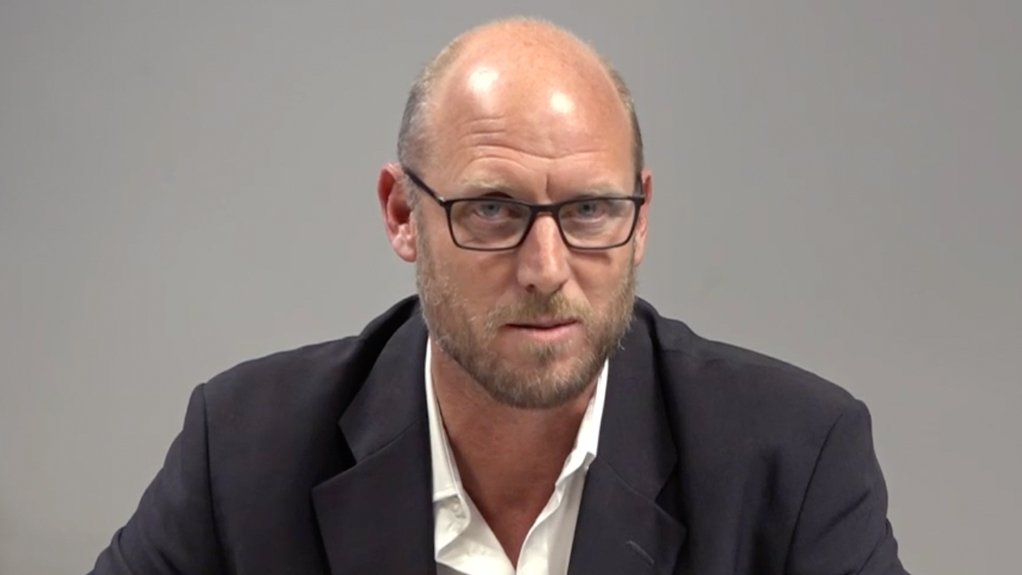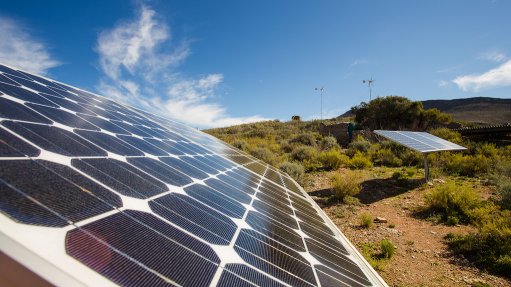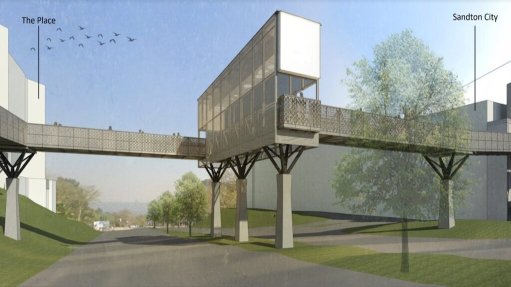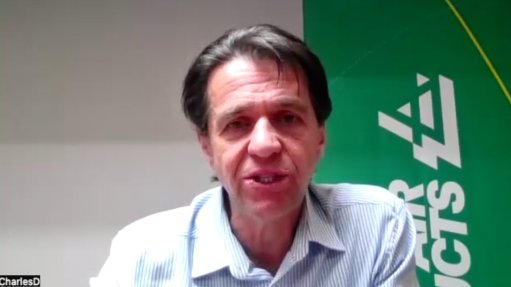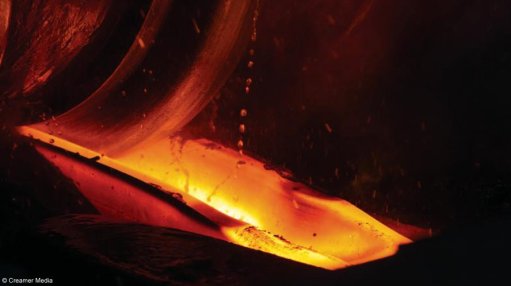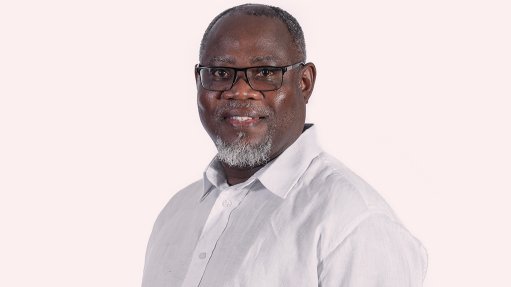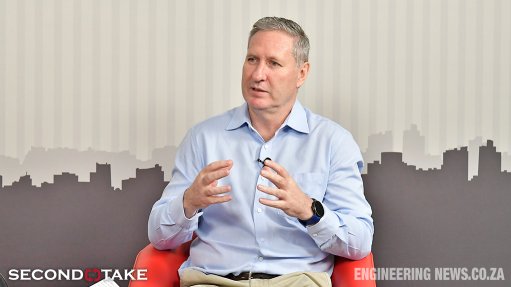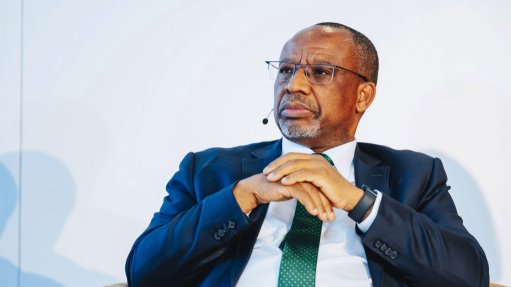Collaboration crucial to ensuring PGM industry’s success
Creating greater synergies between competing platinum group metal (PGM) companies might be the only way for the industry to survive the current economic downturn, diversified miner Sibanye-Stillwater COO Richard Stewart has said.
Speaking at the 2024 PGMs Industry Day, in Johannesburg, on April 10, he explained that this kind of thinking was what enabled Sibanye to enter the PGMs industry in the first place.
“When we entered into the PGMs industry about six years ago, a big part of that strategy was actually looking at contiguous assets so that we could realise synergies from putting assets together,” he explained.
Stewart noted that this kind of thinking was learned from observing the strategies employed by players in the gold industry 20 years ago.
“Numerous listed companies on the JSE didn’t survive the gold downturn in the late 1990s and early 2000s. How they got through was [by] amalgamating, through consolidating and essentially cutting overhead costs. That’s why we only see a few companies today,” he pointed out.
Stewart noted that Sibanye saw a similar opportunity in the PGMs market and that, by pulling different assets together, the company had been able to realise about R2.5-billion a year in cost savings through the synergies that were created.
“Realising those synergies fundamentally changes those prospects and, as a result, that’s why we’ve seen the move down the cost curve. Those types of strategies are what made Sibanye’s PGMs business profitable,” he explained.
Stewart said he firmly believes that this kind of thinking is what will bring rejuvenation and relief to the PGMs industry during times of economic hardship.
“It’s something that we should be considering as an industry today, around how we can better work together in certain areas, to realise the kind of synergies that the gold industry had very successfully 20 years ago. I dare say it’s something that the PGMs industry is going to have to think quite hard about in the years to come,” he said.
Stewart said, however, that consolidation would need to be approached innovatively if it was going to work.
“One of the most interesting models we’ve ever seen is what was called a pool and share agreement. Fundamentally, what happened was that two companies got together, put together a whole bunch of assets but never sold them. “They still owned their own individual assets but operated them together, and therefore shared in those synergies.
“I think that was a very smart way of being able to realise these synergies without one company having to take the classical merger and acquisition risk of who’s buying what at what point in the cycle, which is always a bit of a challenge,” Stewart said.
He encouraged other PGMs industry players to look for more of these kinds of opportunities to cross mine boundaries.
“Do we need to try and consolidate and drop overheads? Dropping variable costs in mining is always a tricky thing because that ultimately goes to producing. It’s the overhead costs and the fixed costs that you have to remove, and that comes through realising the synergies,” he said.
Stewart said there were numerous opportunities for synergies to be found with regard to surface infrastructure, specifically processing, even though processing capacity was a highly strategic issue in the PGMs industry and was guarded closely.
“Looking at capital, future mixes and overall production, I think there are some real opportunities. If we came together, there could be value that’s created for the industry that we could share as industry players.
“That’s the kind of different thinking that’s going to be required when you get in these tough times,” Stewart said, adding that it was necessary for all industry stakeholders to come together to find solutions to optimise value.
“We have enough processing capacity in South Africa to treat what we currently produce. We’re doing it right now. Does it make more sense to spend capital on new infrastructure? Or can you share that cost with somebody who’s already got it in a smart way that makes bigger sense,” he said.
Stewart noted that there were inefficiencies within these systems based on blends, transport distances, processing techniques and other factors that stood to be optimised through creating symbiotic relationships with other players.
“[The aim is] not ultimately to buy or to control but to add more value to our companies and ultimately to all of our stakeholders. That, at the end of the day, is our purpose for existing as a business. If there’s a way we can do that smarter, without contravening any competition or antitrust law, I’d say there’s almost a responsibility on us to have that engagement,” he said.
Comments
Announcements
What's On
Subscribe to improve your user experience...
Option 1 (equivalent of R125 a month):
Receive a weekly copy of Creamer Media's Engineering News & Mining Weekly magazine
(print copy for those in South Africa and e-magazine for those outside of South Africa)
Receive daily email newsletters
Access to full search results
Access archive of magazine back copies
Access to Projects in Progress
Access to ONE Research Report of your choice in PDF format
Option 2 (equivalent of R375 a month):
All benefits from Option 1
PLUS
Access to Creamer Media's Research Channel Africa for ALL Research Reports, in PDF format, on various industrial and mining sectors
including Electricity; Water; Energy Transition; Hydrogen; Roads, Rail and Ports; Coal; Gold; Platinum; Battery Metals; etc.
Already a subscriber?
Forgotten your password?
Receive weekly copy of Creamer Media's Engineering News & Mining Weekly magazine (print copy for those in South Africa and e-magazine for those outside of South Africa)
➕
Recieve daily email newsletters
➕
Access to full search results
➕
Access archive of magazine back copies
➕
Access to Projects in Progress
➕
Access to ONE Research Report of your choice in PDF format
RESEARCH CHANNEL AFRICA
R4500 (equivalent of R375 a month)
SUBSCRIBEAll benefits from Option 1
➕
Access to Creamer Media's Research Channel Africa for ALL Research Reports on various industrial and mining sectors, in PDF format, including on:
Electricity
➕
Water
➕
Energy Transition
➕
Hydrogen
➕
Roads, Rail and Ports
➕
Coal
➕
Gold
➕
Platinum
➕
Battery Metals
➕
etc.
Receive all benefits from Option 1 or Option 2 delivered to numerous people at your company
➕
Multiple User names and Passwords for simultaneous log-ins
➕
Intranet integration access to all in your organisation



